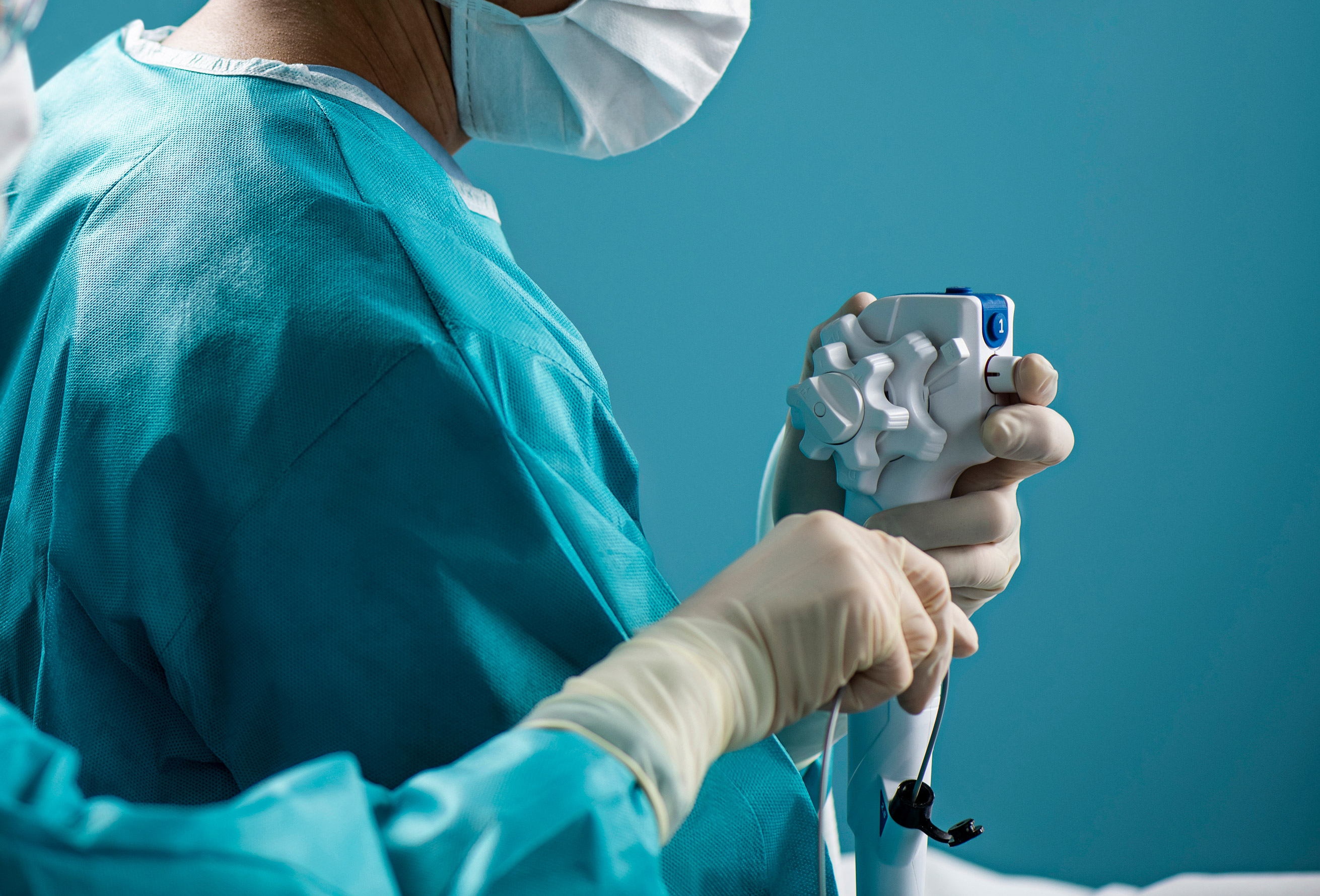
Single-use gastroscopes are feasible in evaluating and treating patients presenting with upper gastrointestinal bleeding.
The researchers behind a recent pilot study reached this conclusion after undertaking the project at a tertiary care center in Germany late last year. They examined the Ambu aScope Gastro after it became the first single-use gastroscope to receive CE mark.
Single-use endoscopes are used for endoscopic retrograde cholangiopancreatography (ERCP) because “the intricate and complex design of duodenoscopes makes them prone to bacterial overgrowth and biofilms, even after proper cleaning and reprocessing,” the authors write.
Single-use gastroscopes, however, are less common for esophagogastroduodenoscopy (EGD) because the procedure has less of an association with cross-contamination and patient infection.
“A possible indication for single-use gastroscopes may be the initial endoscopic evaluation and, if necessary, endoscopic treatment of patients with clinical signs of upper gastrointestinal bleeding, such as hematemesis or melena,” the authors write in the introduction. “Single-use gastroscopes are readily available, and their disposability immediately after endoscopy makes them an attractive option, especially for procedures outside normal clinic hours.”
Endoscopists successfully completed the EGD with access to the descending duodenum in 19 out of 20 patients, though two required crossovers to standard gastroscopes. Seven patients had an indication for endoscopic treatment, six of whom were treating successfully with the single-use scope.
Success was determined by endoscopic access to the descending duodenum and adequate assessment of the upper GI tract. Secondary aims included:
The authors write that while single-use gastroscopes may not be ready to replace their reusable counterparts in routine practice, “there may already be situations, such as urgent out-of-hours examinations, in which single-use gastroscopes could be an alternative to standard gastroscopes.”
A planned follow-up study will compare single-use and standard duodenoscopes for endoscopic diagnosis and treatment of suspected upper GI bleeding in a randomized controlled trial.


